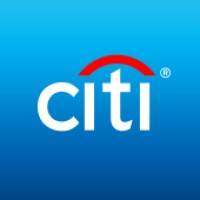FAQs
What is the duration of the Summer Analyst Program?
The Summer Analyst Program starts in early June and typically lasts around 10-12 weeks.
Where will the introductory training program take place?
The introductory training program will take place in New York.
What type of clients does Citi's Corporate Banking Group serve?
Citi's Corporate Banking Group serves top-tier multi-national corporations and financial institutions across more than 100 countries.
What essential skills are required for this Summer Analyst position?
Strong knowledge of accounting principles, financial statement analysis, financial modeling skills, excellent verbal and written communication skills, and the ability to manage multiple tasks and deadlines are required.
Are top-performing Summer Analysts guaranteed a full-time position after graduation?
Top-performing Summer Analysts may be eligible to return to Citi after graduation to work as Full-Time Analysts.
What kind of responsibilities will Summer Analysts have during the program?
Summer Analysts will assist in analyzing clients' financial conditions, conducting due diligence, performing financial modeling, preparing marketing material, and developing industry knowledge.
Is prior knowledge of the financial industry required for applicants?
While prior knowledge of the global or domestic business landscape is a plus, it is not a strict requirement.
What qualities does Citi value in a successful Summer Analyst candidate?
Citi values a dedication to learning, a passion for the capital markets, strong communication skills, commitment to personal growth, and a positive team mindset.
What opportunities for career advancement are available after the Summer Analyst Program?
Successful Summer Analysts have the opportunity to be considered for Full-Time Analyst positions, which offer further career development in corporate banking.
Does Citi have a commitment to diversity in its hiring practices?
Yes, Citi is an equal opportunity employer and actively encourages applications from diverse backgrounds, including Aboriginals, members of visible minority or racialized communities, and individuals with disabilities.

